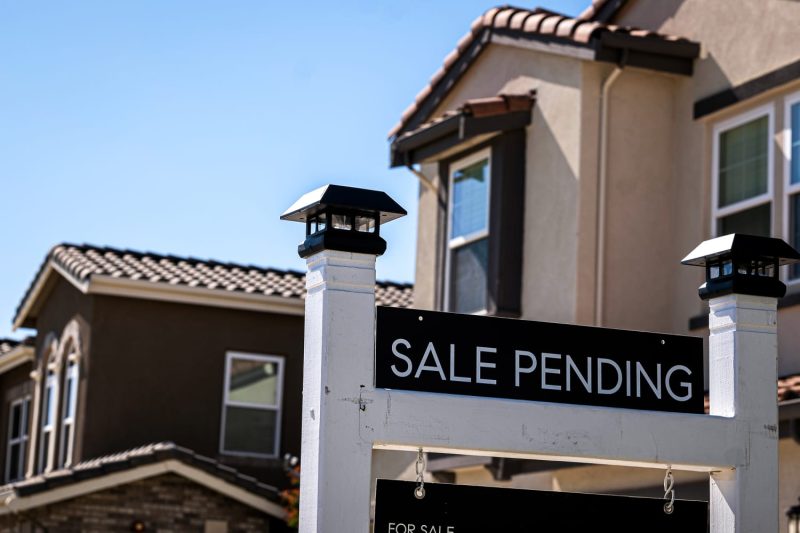Pending Home Sales in April Slump to Lowest Level Since the Start of the Pandemic
As the real estate market continues to navigate the challenges presented by the pandemic, the latest data on pending home sales in April has shown a significant slump to the lowest level observed since the onset of the global health crisis in 2020. This decline has raised concerns among industry experts and homeowners alike, pointing towards potential shifts in market dynamics and consumer behavior.
The National Association of Realtors recently released its Pending Home Sales Index for April, reflecting a notable 4.4% decrease compared to the previous month. This decline starkly contrasts with the modest growth witnessed in March, indicating a noticeable shift in momentum within the housing market. Furthermore, the April figures mark the lowest level of pending home sales recorded in over a year, signaling a potential slowdown in the demand for residential properties.
Several factors have contributed to the dwindling pending home sales numbers in April. Firstly, the ongoing supply chain disruptions and shortages of building materials have continued to hamper new construction projects and delay the completion of existing homes. With construction delays impacting the availability of housing inventory, prospective buyers are facing limited options in the market, leading to decreased purchase activity.
Moreover, the persistent rise in home prices across various regions in the country has further strained affordability levels for buyers, particularly first-time purchasers and those with moderate incomes. The combination of escalating property values and stagnant wage growth has created a challenging environment for individuals looking to enter the housing market. This affordability crunch has likely deterred some potential buyers from pursuing homeownership, contributing to the decline in pending sales.
Additionally, the recent uptick in mortgage rates following a period of historic lows has added another layer of complexity to the housing market landscape. The increase in borrowing costs has led to higher monthly payments for prospective buyers, reducing their purchasing power and potentially deterring them from making offers on homes. The shift towards higher interest rates has altered the financial calculus for many buyers, prompting some to reconsider their homebuying plans or opt for more affordable rental options.
Looking ahead, industry analysts are closely monitoring the evolving trends in the housing market to gauge the impact of these developments on future sales activity. While the slump in pending home sales in April is concerning, it may also reflect a temporary adjustment as the market adapts to changing conditions. As we progress through the remainder of the year, the performance of the real estate sector will depend on a variety of factors, including the trajectory of home prices, mortgage rates, and economic recovery following the pandemic.
In conclusion, the sharp decline in pending home sales in April to its lowest level since the onset of the pandemic underscores the challenges facing the housing market as it navigates a complex environment characterized by supply chain disruptions, affordability concerns, and shifting interest rates. With uncertainties looming, stakeholders in the industry will need to closely monitor market conditions and adapt their strategies to navigate the evolving landscape of real estate in the post-pandemic era.
